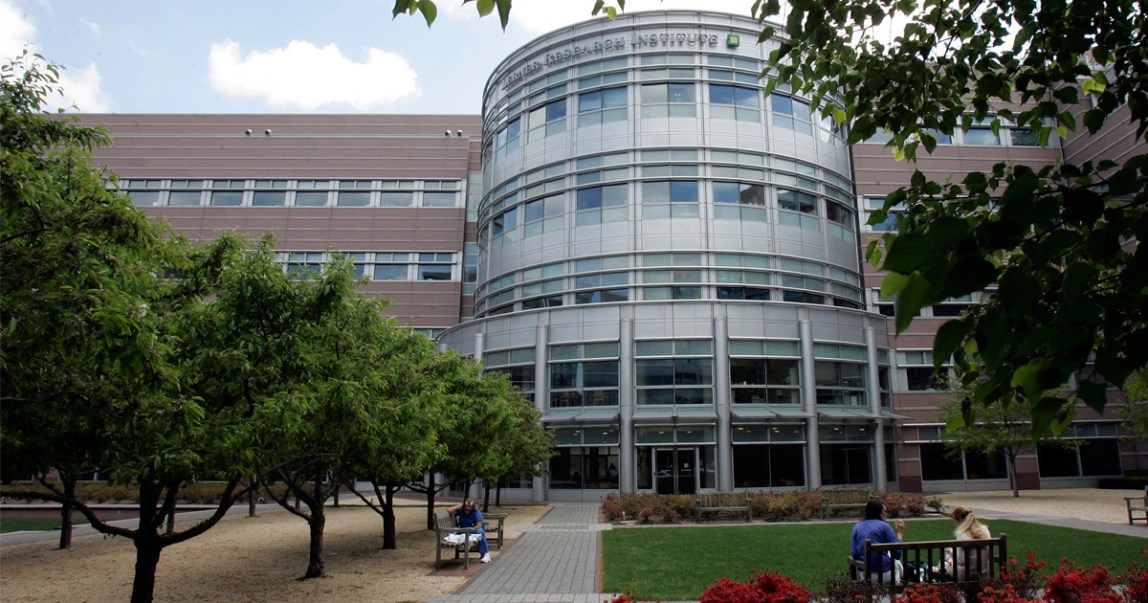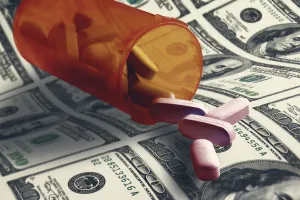Related story: Now There’s Proof: Docs Who Get Company Cash Tend to Prescribe More Brand-Name Meds
The largesse of the pharmaceutical and medical device industry extends well beyond physicians who are paid to deliver promotional talks and consult on their behalf.
Teaching hospitals, which train future generations of doctors, also receive hundreds of millions of dollars each year from the companies. And that doesn’t include research funding.
Today, ProPublica is adding payments to these hospitals to our Dollars for Docs tool, which has tracked spending on doctors since 2010.
The Physician Payment Sunshine Act, which was part of the 2010 Affordable Care Act, required that pharmaceutical and medical device companies report all payments they make to doctors and teaching hospitals. The first public report covering August to December 2013 was released in 2014; a second report covering all of 2014 was released last year.
All told, more than 1,100 teaching hospitals received nearly $780 million from August 2013 to December 2014.
The bulk of the money — more than $506 million — was for royalties and licenses, by which companies pay teaching hospitals a share of revenue for drugs and devices they help invent. Companies gave another $104 million in grants. The rest of the money — about $168 million — was attributed to education, consulting, promotional speaking, gifts, space rentals and charitable contributions. All of this was on top of more than $1 billion in research funding from the companies.
The hospital that received the most money, $361.2 million, was City of Hope National Medical Center in Duarte, California. Almost all came from Genentech Inc. and its parent company Roche in the form of royalty payments.
In a statement last year, Genentech said that under a patent licensing agreement, Genentech makes quarterly royalty payments to City of Hope based on sales of such medicines as Herceptin, Rituxan and Avastin. The company also pays City of Hope a portion of revenue it receives from licensing partners “for other important antibody medicines.”
This week, the cancer hospital said the royalties it receives “are allocated among the City of Hope inventors, their labs and City of Hope, and are used to further support basic research.”
Dollars for Docs
See how industry dollars reach your doctors. Explore the app..
Use the Data
Get the data that powers this investigation. A complete, digital download is available for purchase in the Data Store.
Excluding royalty payments, the hospital that received the most money was Denver Health Medical Center, which took in nearly $18.3 million. Much of that money, according to officials at the public hospital, went to the Rocky Mountain Poison and Drug Center, which it runs. The center has contracts with drug companies to, among other things, provide information to consumers and gather data on drug side effects. The companies that paid Denver Health the most money include Amgen, Purdue Pharma and Otsuka America Pharmaceutical, Inc.
Catharine Fortney, compliance officer for Denver Health, said the poison and drug center makes Denver Health different from other teaching hospitals.
“I feel that right now what’s reported out there looks a little skewed to us because of those relationships,” Fortney said. “We have a call center. We provide services to pharmaceutical companies per contract. We just have these unique, totally OK and legitimate relationships with pharma that are being lumped into this definition as a reportable exchange of dollars.”
Fortney said the hospital’s conflict of interest policy for its medical staff “states very clearly that they shouldn’t be accepting really anything of value from the pharmaceutical companies. … I feel like we’re in line with, if not even more strict than, other academic medical centers across the country.”
Below are the top 10 teaching hospitals, by total amount of industry payments received, from August 2013 to December 2014:
| Hospital name | Location | Payments received |
|---|---|---|
| City of Hope National Medical Center | Duarte, CA | $361.2 million |
| Massachusetts General Hospital | Boston, MA | $46.9 million |
| Cleveland Clinic Hospital | Cleveland, OH | $22 million |
| The Unity Hospital of Rochester | Rochester, NY | $21 million |
| Denver Health Medical Center | Denver, CO | $18.3 million |
| UT MD Anderson Cancer Center | Houston, TX | $16.6 million |
| Hospital of the University of Pennsylvania | Philadelphia, PA | $14.8 million |
| Brigham and Women’s Hospital | Boston, MA | $12.5 million |
| Cedars-Sinai Medical Center | Los Angeles, CA | $10.8 million |
| Strong Memorial Hospital | Rochester, NY | $10 million |
Below are the top 10 teaching hospitals, by total amount of industry payments received, excluding royalties, from August 2013 to December 2014:
| Hospital name | Location | Payments received |
|---|---|---|
| Denver Health Medical Center | Denver, CO | $18.3 million |
| Cleveland Clinic Hospital | Cleveland, OH | $13.7 million |
| Brigham and Women’s Hospital | Boston, MA | $9.3 million |
| Hospital of the University of Pennsylvania | Philadelphia, PA | $8.9 million |
| Montefiore Medical Center | Bronx, NY | $6.8 million |
| St. Luke’s Roosevelt Hospital Center | New York, NY | $6.1 million |
| OHSU Hospital And Clinics | Portland, OR | $6 million |
| Langley Porter Psychiatric Hospital | San Francisco, CA | $5.9 million |
| Massachusetts General Hospital | Boston, MA | $5.7 million |
| UC Davis Medical Center | Sacramento, CA | $5.4 million |
What We’re Watching
During Donald Trump’s second presidency, ProPublica will focus on the areas most in need of scrutiny. Here are some of the issues our reporters will be watching — and how to get in touch with them securely.
Learn more about our reporting team. We will continue to share our areas of interest as the news develops.

Sharon Lerner
I cover health and the environment and the agencies that govern them, including the Environmental Protection Agency.

Andy Kroll
I cover justice and the rule of law, including the Justice Department, U.S. attorneys and the courts.

Jesse Coburn
I cover housing and transportation, including the companies working in those fields and the regulators overseeing them.
If you don’t have a specific tip or story in mind, we could still use your help. Sign up to be a member of our federal worker source network to stay in touch.









